


You can see them throughout Texas, in the cities and in the deserted countryside. Silent sentinels of a bygone era. These old buildings are a testament to the frontier days in Texas. Some give a full picture of the times through their beautifully restored grounds. Others only hint at past events through their crumbling walls and solitary chimneys. These are the frontier forts of Texas and this is their story. It is the history of the military and civilian personnel who lived at these posts. African Americans, European immigrants, and Anglo Americans who came to remote regions of Texas to guard the mail routes and wagon roads and to protect the settlers moving west.
The presence of these forts encouraged economic expansion on the frontier, giving birth to countless communities, many of which still thrive today. Finally, this is also the history of the Native Americans who were displaced by these forts and their adjacent settlements. The chronicle of the Comanche, Kiowa, Apache, and Kickapoo tribes is intertwined with these forts, for these posts marked the end of the American Indian way of life and forever changed their tribal culture.


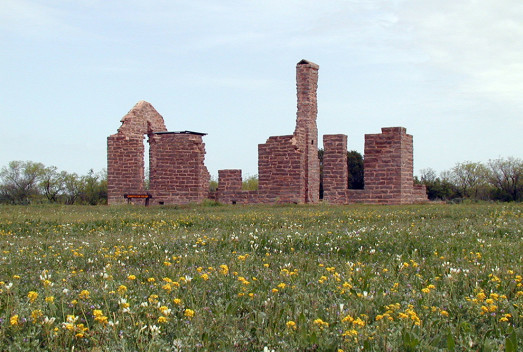
Allen Lee Hamilton, Professor of History, Saint Philip”s College, San Antonio, TX:
“These Indian tribes were militaristic societies, they had militaristic groups based on military exploits and deeds. The Indians were a tribal society and tribal societies made war on other tribal societies, the Indians made war on each other. They had been making war on each other for thousands of years before the Europeans showed up and they continued to make war on each other after the Europeans showed up.”
Robert M. Utley, U.S. Military Historian and Author:
“These Indian raids aimed at plunder and scalps. In the Indian culture, these were the marks of honor by which one advanced in the social hierarchy and acquired reputation and status.”
Robert M. Utley, U.S. Military Historian and Author: “The regular army of the nineteenth century was not the competent band of jolly professionals that the John Ford-John Wayne movies would have us believe. In general, the regular army enlisted men came from society’s dustbins. They were those who had failed elsewhere, usually in the big cities of the East, they were usually hard drinkers, many of them had a criminal past and were fleeing from the law, few of them could boast any education to speak of. They were simply the outcasts of Eastern civilization. A great many of them were immigrants from Ireland and Germany and other European countries. Many of these made very good soldiers. They had been forced to enlist for economic reasons and because this was the easiest way to learn the English language. But in general they were not the most impressive or competent of soldiers. Nor can you say that the officer corps, by and large, was all that professionally competent. Now of course that is a general characterization. There were always exceptions. If you look through the whole history of the Indian wars in Texas before the Civil War, and you can find one after another, captain and major, who became a general in the Civil War. Robert E. Lee, Albert Sidney Johnston, John Bell Hood, Earl Van Dorn, Edmund Kirby Smith, all of these were regular Army officers on the frontier, but maybe I numbered six or eight out of a hundred who were mediocrity. After the Civil War, likewise. You have a mix of a few aggressive and ambitious officers with a great majority of deadened alcoholic mediocrity.”
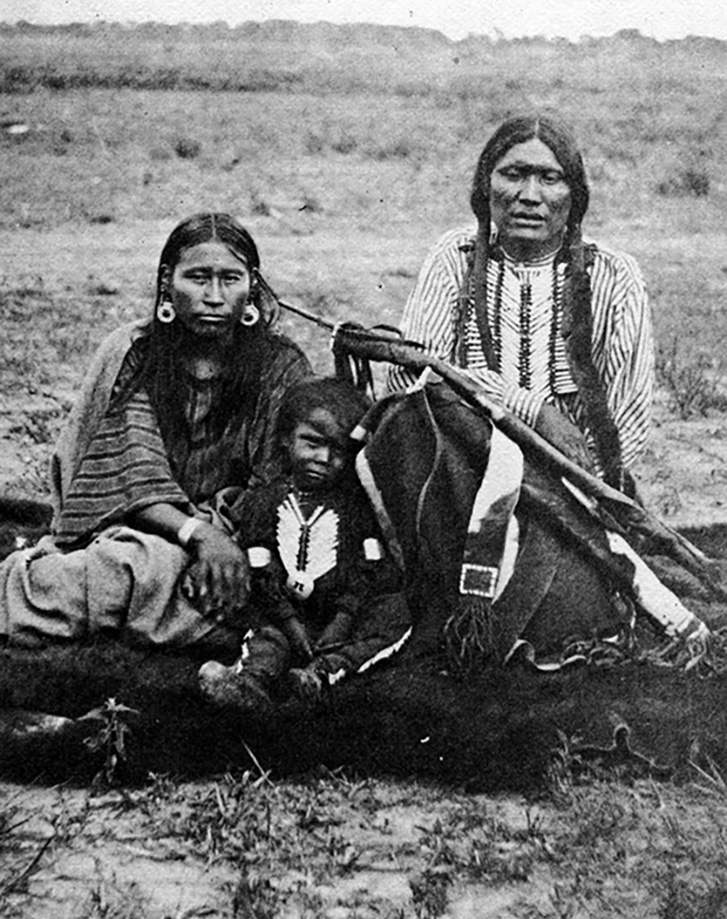
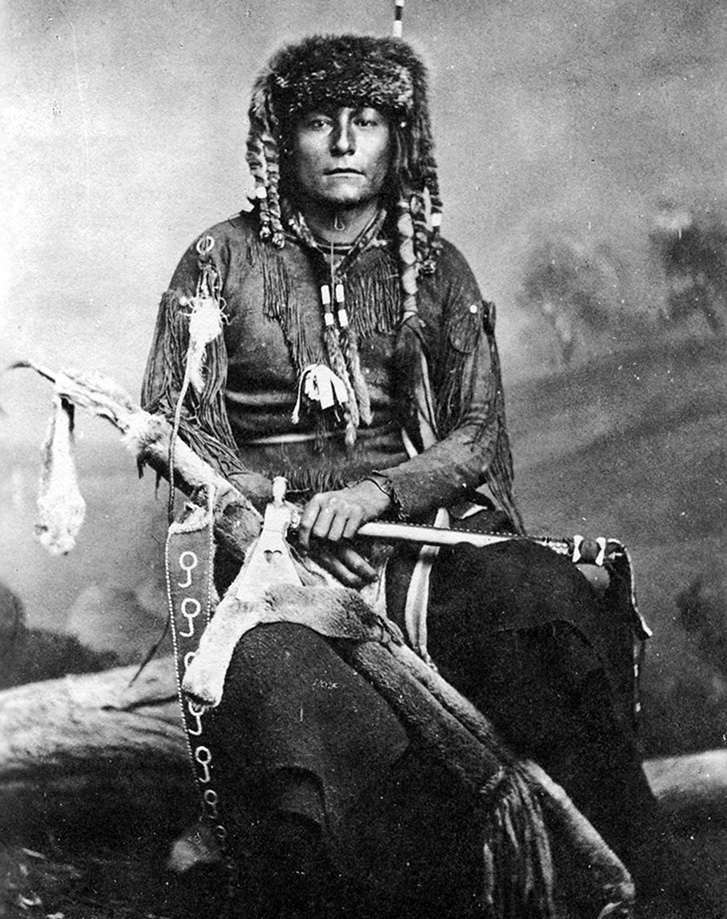
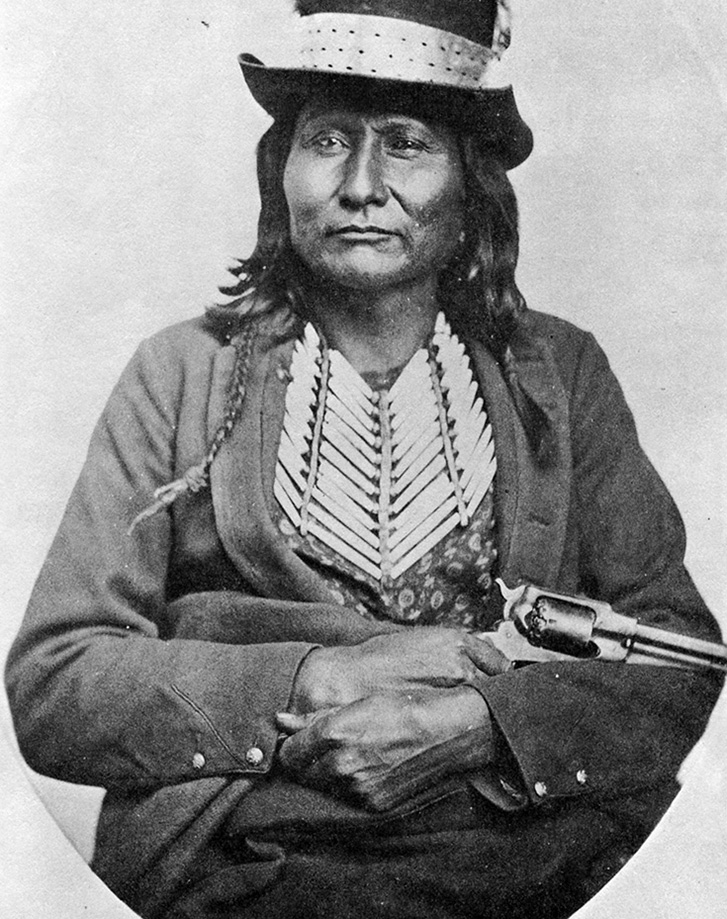
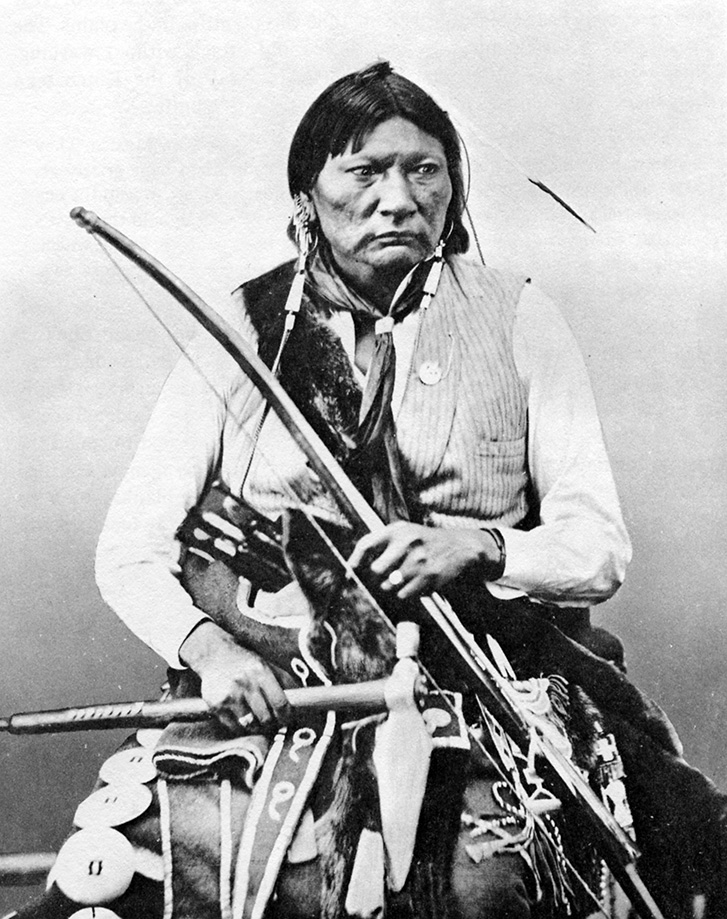
After the Civil War, there were also African Americans, Black Regulars, who served at the forts in West Texas, in the Ninth and Tenth Cavalry, and in the Twenty-Fourth and Twenty-Fifth Infantry. Despite the fact that these men were guarding the lives and property of the settlers, they were not well received or appreciated.
Robert M. Utley, U.S. Military Historian and Author: “These regiments were composed of black enlisted men and white officers. At first the blacks turned in a truly dismal performance because most of the enlisted men were illiterate, some of them had come off the Southern plantations. They lacked motivation and any kind of competence and almost all of the work had to be done by the officers. However as time went on, these regiments developed into the very best of the frontier regiments simply because they had the lowest desertion rates and the highest re-enlistment rates in the regular army. This is because the regular army afforded one of the few places in post-Civil War America where blacks could take pride in what they were doing and be rewarded for what they were doing, wear a uniform, get paid, and have any sense of advancement up the ranks, they could go up to be sergeants. This in spite of the fact that they endured the most searing discrimination both within the army and without.”
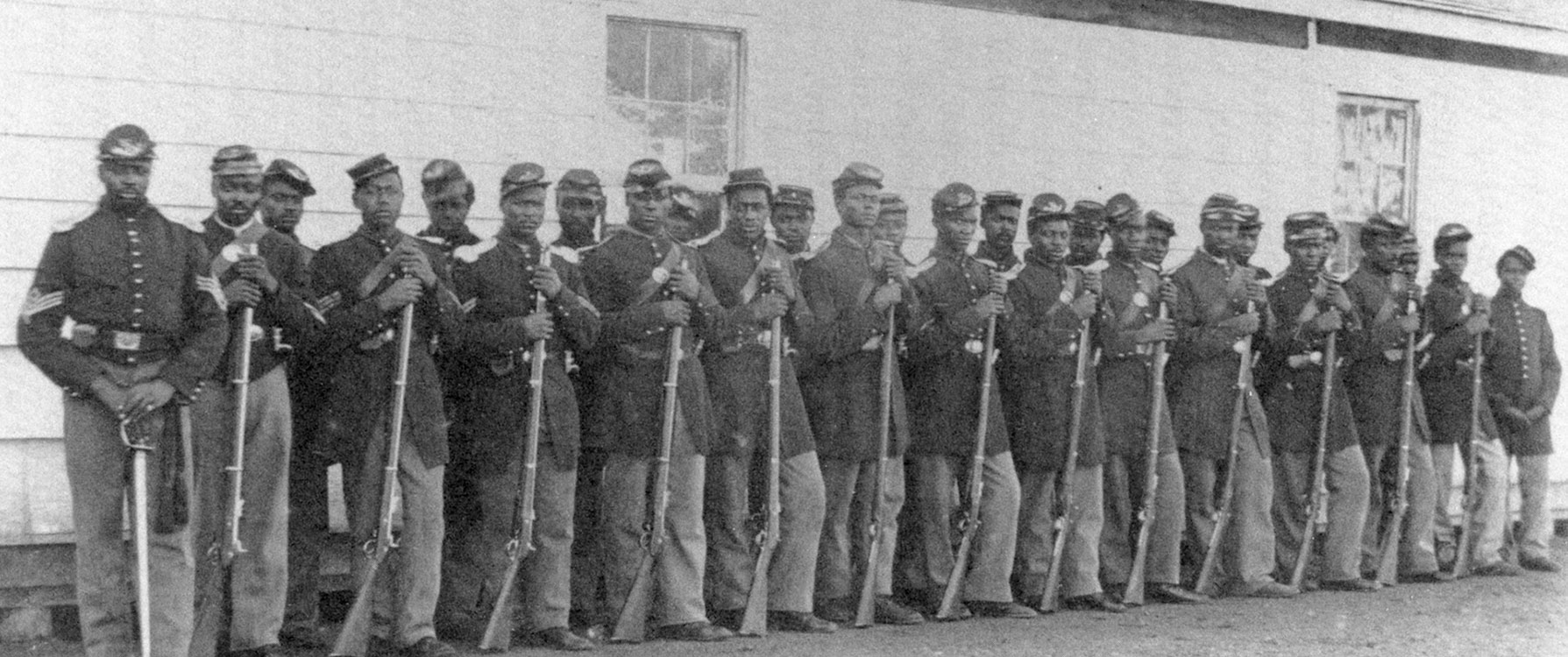
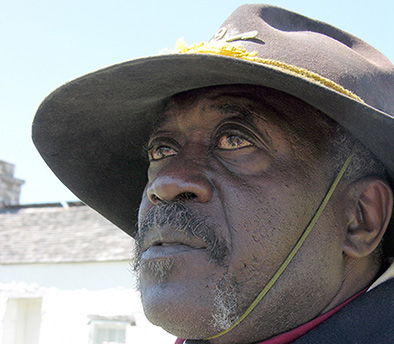
Women were the other major presence at these posts. These were either servants, laundresses who washed the soldiers’ clothes, or the wives of enlisted men and officers.
Mary Williams, Staff Historian, Fort Davis National Historic Site, TX: “There was always the caste system, where officers’ wives socialized with officers’ wives, and servants socialized with servants. Sometimes there were only two or three officers’ wives, and sometimes there might be twenty, but they socialized within their own social caste. I’m sure it was pretty lonely. Most of them knew what army life was like and if they didn’t think they could handle it, they usually stayed back east. If they wanted to come, they were pretty gutsy ladies if they came. They endured, they didn’t complain a lot, and they made their own entertainment.”
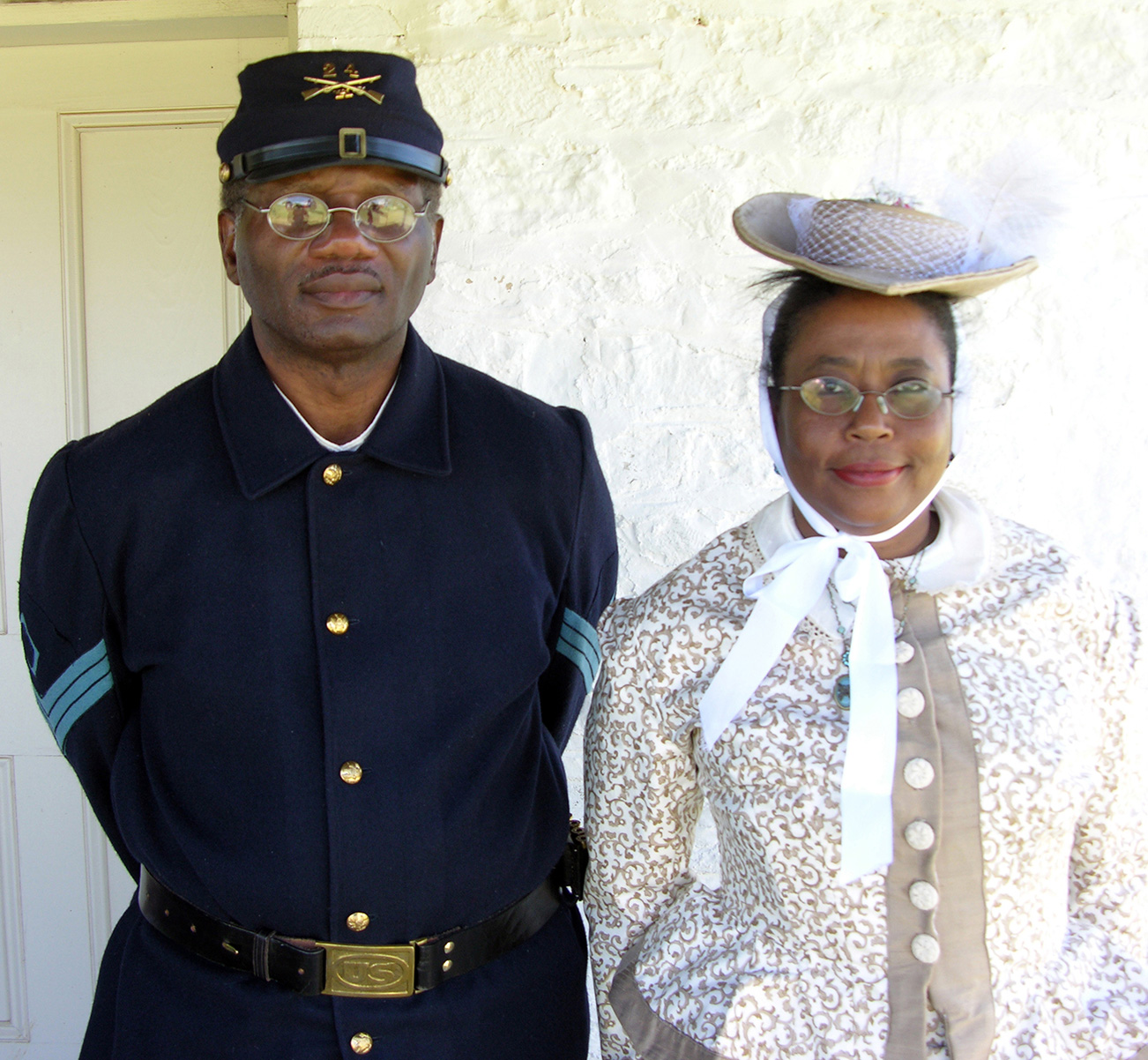
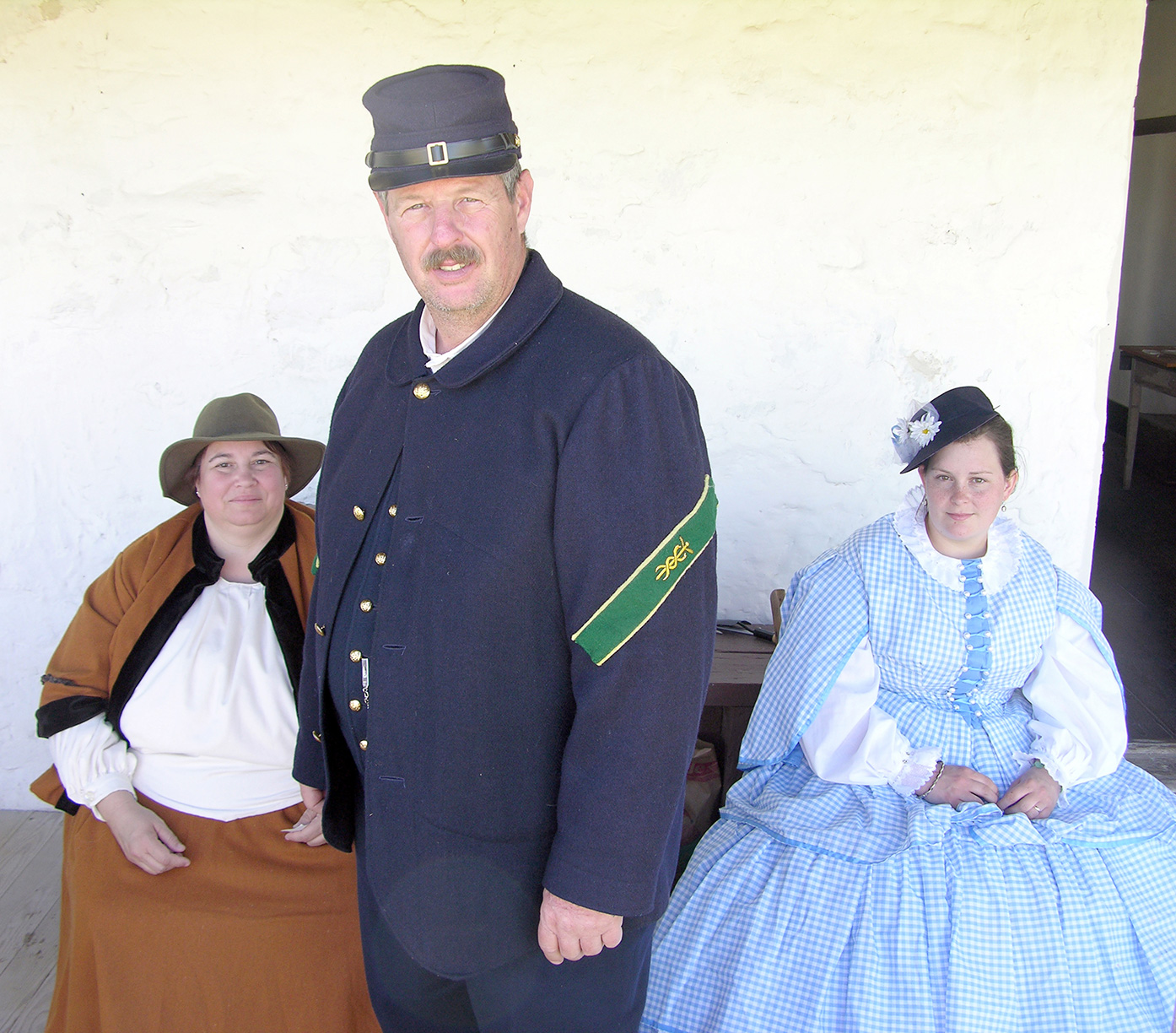
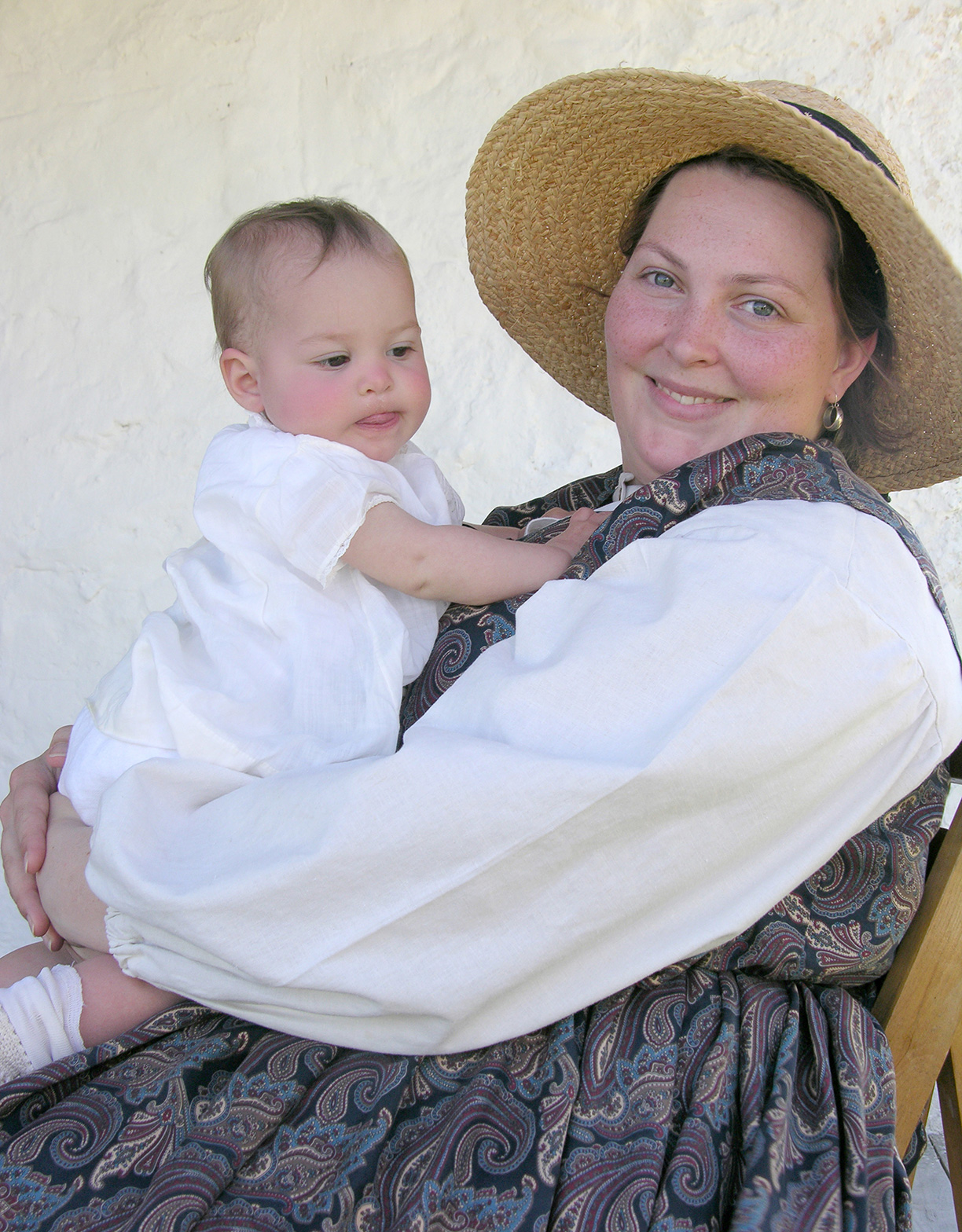

Regarding the legacy of these forts and why they are important:
Dr. Robert Wooster, Professor of History, Texas A&M-Corpus Christi “Life at the frontier forts of Texas says a great deal about the larger society of America. Here you have racial issues being dealt with on a daily basis, you have relations between men and women on a daily basis, you have relations between lower and middle economic classes, the officers and the enlisted men on a daily basis. I think by looking at the frontier forts one can get some indication of what life was like for Americans in the nineteenth century.”
Watch a sample video clip from our documentary
The Frontier Forts and American Indian Wars in Texas
